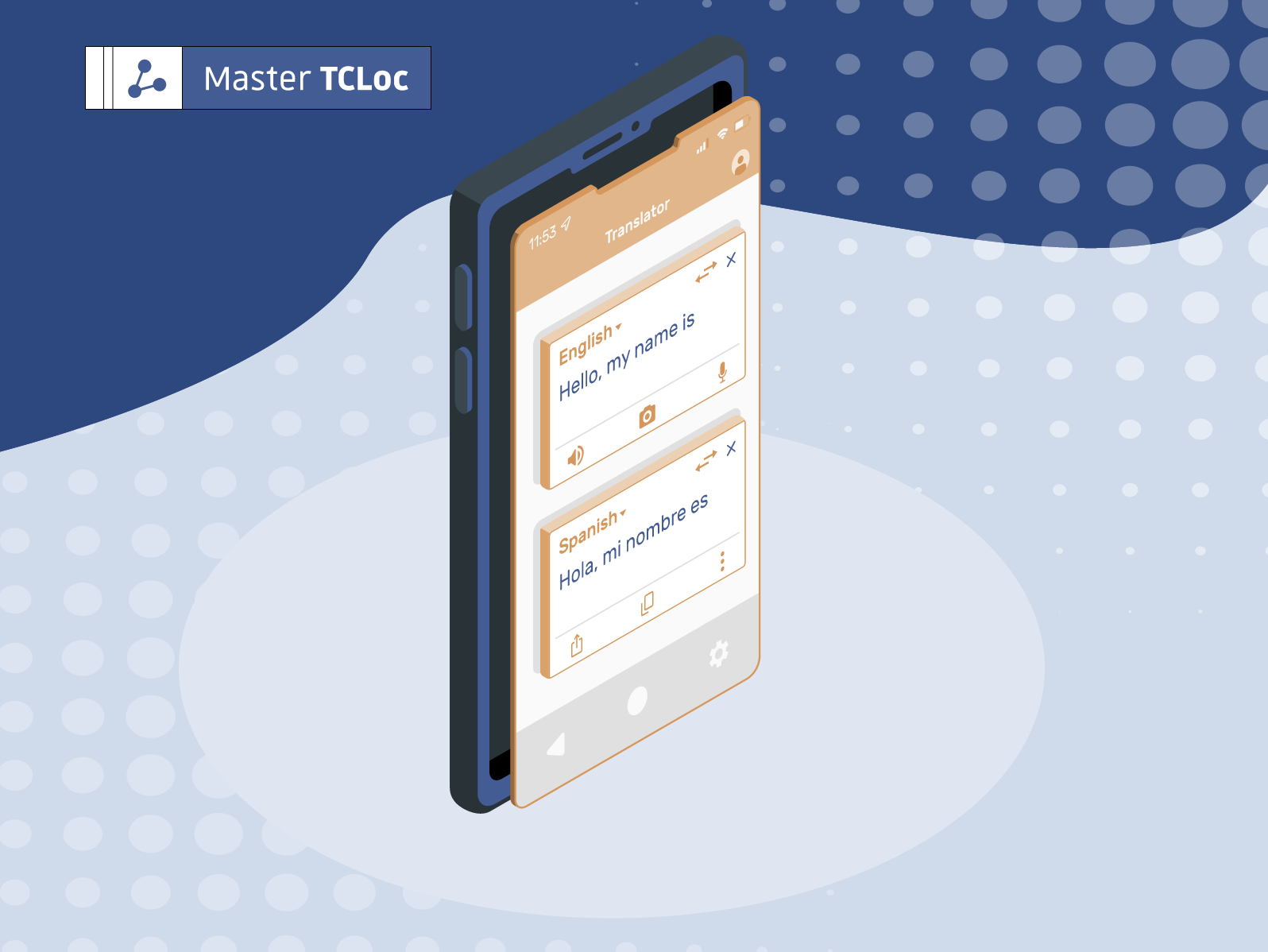Game localization is a multi-step process which involves much more than just translating a game’s textual content. In this article, we will focus on one of the final steps of the localization process: Localization Quality Assurance (LQA), which involves a team of native speakers reviewing the game to ensure that it is suitable for the local market.
Are you a game developer who just released the most amazing game and want it translated into every language possible? Great! Keep in mind, however, that you can’t simply translate your content and be done with it. Video game localization is a complex process that requires multiple steps and Localization Quality Assurance (LQA) is a crucial part of it.
Why and When Does Quality Assurance Take Place?
Game Localization Quality Assurance is the testing phase of the video game localization process. It involves reviewers, who are usually native speakers of the target language and knowledgeable about video game translation, play a game to find any linguistic and visual errors. It is important that these reviewers have a perfect grasp of the target language as well as a deep understanding of its culture, so that they can not only identify grammar or spelling mistakes, but also provide insights into cultural references that could be added to or adapted in the script.
Localization Quality Assurance is one of the final stages of the localization process. It is usually followed by a concluding update based on the Quality Assurance (QA) results before final delivery to the client. It is the last opportunity to confirm that there are no strings left untranslated, that the terminology is consistent, and that bugs have been eliminated. You don’t want to take this step lightly!
Linguistic, Visual, and Functional: The Holy Trinity of Localization Quality Assurance
Game Localization Quality Assurance includes three types of quality control. Let’s start with the most obvious one.
- Linguistic QA ensures that:
- grammar, punctuation, and spelling mistakes have all been corrected
- all dates/currency/other numerical data have been correctly localized if needed
- terminology is consistent
- no culturally offensive expressions or words have been used
- the text (and voice-over, if present) feels natural to a native speaking player
However, localization is about much more than just text. This is when the visual aspect comes in.
- Visual QA confirms that:
- User Experience (UX)/User Interface (UI) issues have all been fixed
- incomplete and overlong text has been corrected
- every string has been properly translated
- the correct fonts have been used
- the game’s visuals work on all intended devices
And, finally, since we are talking about a game, the final aspect relates to everything that allows the game to run smoothly.
- Functional QA ensures that:
- keyboard commands have been mapped to international keyboards
- all links have been tested to confirm they work
- the game code is compatible with every localized version of the game
- any corrupted audio, incorrect text displays or graphic issues have been fixed
- performance issues have been eliminated
Once this has all been done, the localization manager can take measures to implement all the necessary updates and submit the final product.
Who Carries Out Quality Assurance For Video Games?
QA is a service that may need to be outsourced because not every game studio has a dedicated quality control team. As previously established, this step should be carried out by native speakers qualified to review video games. Again, not every company has these resources in-house.
One option is to hire a translation company for the entire localization process, which includes the testing phase. Even if you complete localization in-house, consider asking a third-party provider to carry out Localization Quality Assurance as it’s always worth having a fresh outlook on the translation. Remember that QA involves much more than just proofreading the text in the game: it also covers quality control of the visual and functional aspects of the game. Conflating these three elements in a single quality control process will actually save you time and money.
Is It Mandatory?
Not necessarily… but it is a process that every reputable game studio would go through. Not only is it cost- and time-efficient, but it also helps maintain a studio’s reputation.
Many games have failed in international markets because they were rushed and released without suitable quality control. If your game has spelling mistakes, mistranslated or misplaced text, and too many bugs, it will reflect badly on your company. It will be apparent that you did not take the time and effort to deliver a high-quality product to your customers.
In 2018, Aksys Games localized Collar x Malice: Unlimited, a Japanese game. A heavily text-based game, it became infamous for the bad quality of its English translation. Fans subsequently submitted a spreadsheet listing all the errors and bugs to the company. Some went as far as to boycott Aksys because they felt disrespected. The error, however, did not lie solely with the translation, but also with the QA. Grammatical mistakes, typos, random numbers in the middle of sentences, and formatting errors such as text displayed outside of the text box greatly impact players’ experience of the game. As a result, Aksys Games received negative press for the release.

Conclusion
If you want your game to have a successful release in international markets, don’t skip the QA phase. Overlooked linguistic, visual, and functional errors can seriously compromise the player experience. Editing and proofreading textual content is not enough if you want to deliver a high-quality localized product. Hiring a third-party provider to carry out the Game Localization Quality Assurance process can help ensure that every localized version of your game runs smoothly and delivers the best experience to your customers.
If you enjoyed this article, head over to the TCLoc blog where you can find out more about current issues in localization and translation.



